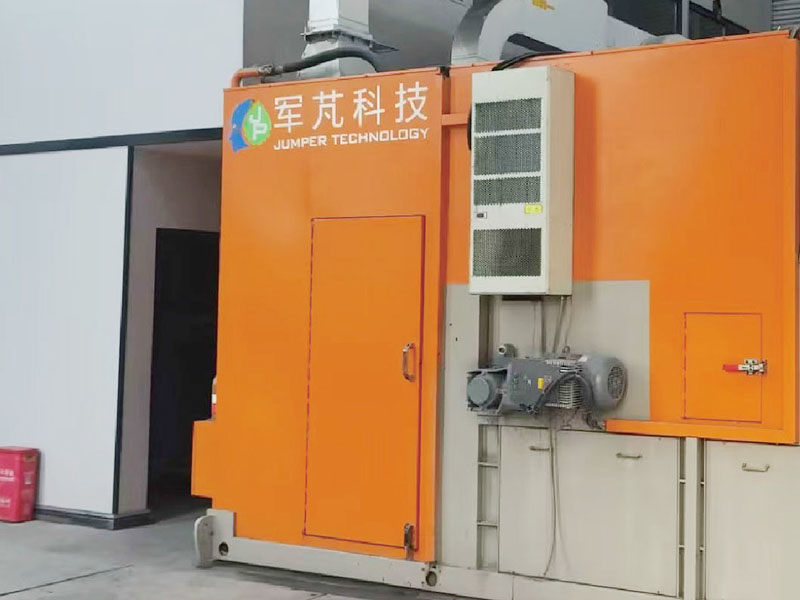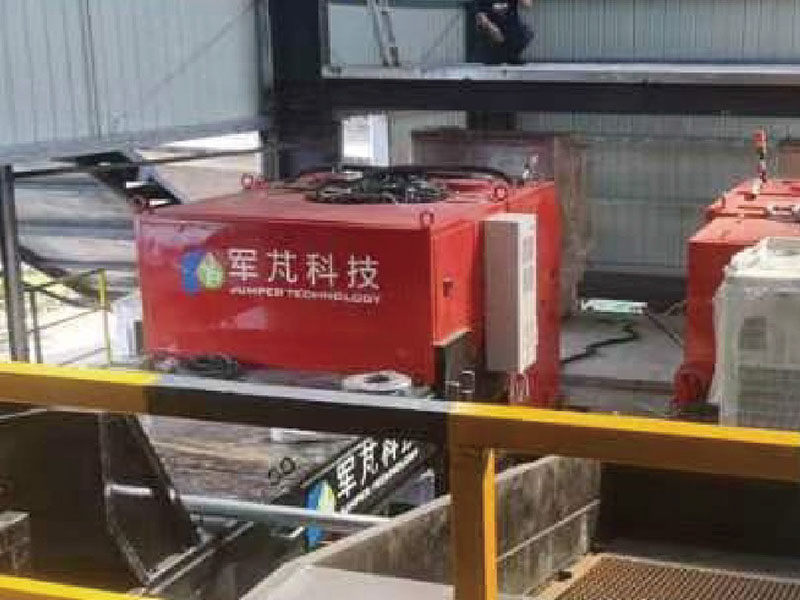Mining News | Fuling Shale Gas Field Proved Geological Reserves Exceed One Trillion Cubic Meters
Mining Information
Domestic News
Xinjiang Mobile built a 5G network for the world's highest and
Asia's largest lead-zinc mine
- A 5G private network was built for the Huo Shaoyun lead-zinc mine in Xinjiang, Hotan
JUMPER TECHNOLOGY
The Huo Shaoyun lead-zinc mine in Hotan, Xinjiang, is the largest lead-zinc mine in Asia with proven resources exceeding 80 million tons. Located deep in the Kunlun Mountains at an average altitude of 5600 meters, it is the highest lead-zinc mine in the world. The area has complex terrain, high altitude and cold climate, with perennial low temperatures and a large permafrost area, making development extremely difficult. To solve the problems encountered during development, China Mobile Xinjiang Company built a 5G private network for the Huo Shaoyun lead-zinc mine, which was completed on December 20, 2024. The mining area has 9 4G and 5G base stations, 4 outdoor integrated station houses and 9 video monitoring and conference dedicated lines, ensuring smooth communication network in the mining area, realizing automated and intelligent operation and high-definition video monitoring of the entire process of mining and transportation. In addition, 5G slicing technology ensures network security isolation in different areas of the mine to ensure data security. Xinjiang Mobile will continue to promote the integration of 5G, big data, cloud computing, Internet of Things and other technologies with the mining industry, accelerate the large-scale promotion of 5G remote excavation, remote comprehensive mining, unmanned mining trucks and other scenarios, improve production efficiency and management efficiency, and promote the digital transformation and high-quality development of Xinjiang's industrial sectors.

A new mineral, Fuyuan niobium ore, was discovered in Bayan Obo Mine
JUMPER TECHNOLOGY
Recently, a new mineral discovered and named by the Institute of Geology and Geophysics, Chinese Academy of Sciences in the Bayan Obo deposit - Fuyuan niobium ore - has been officially approved after being reviewed and unanimously passed by the Commission on New Minerals and Mineral Names of the International Mineralogical Association. This is the fourth new mineral discovered in the Bayan Obo mining area this year, following Ebo niobium ore, Zhaiskite and fluorocarbonatoneodymiumite.
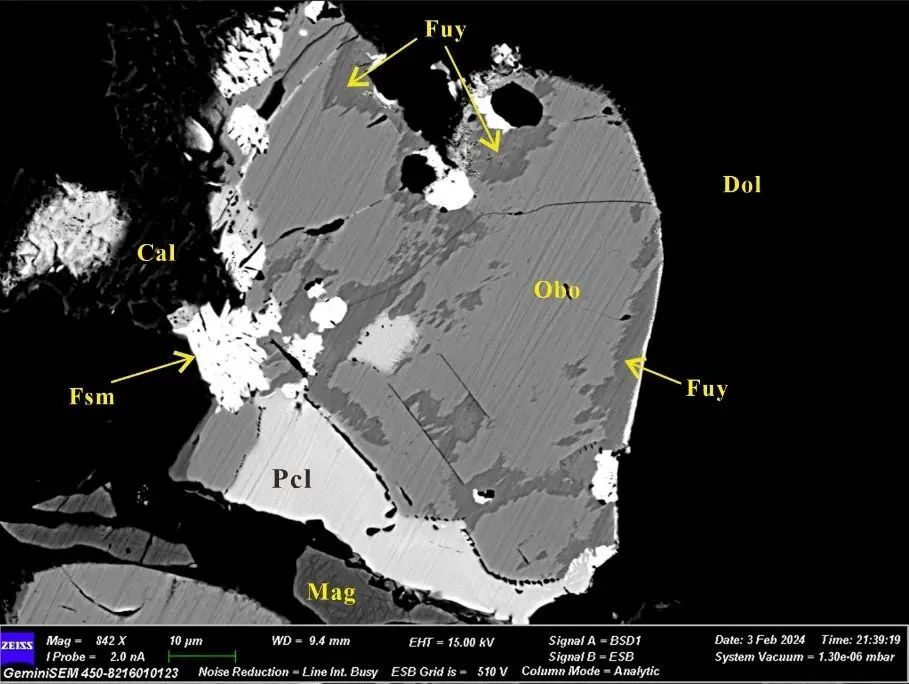
Fuyuan niobium ore is found in carbonate rocks in the Bayan Obo deposit. It is reddish-brown to brown in color, with a vitreous luster, tabular to euhedral crystals, and usually occurs as mineral aggregates, coexisting with Ebo niobium ore, magnetite, niobite, niocalite, aegirine, and carbonate minerals.
The new mineral is named after Wu Fuyuan, a researcher and academician of the Chinese Academy of Sciences, in recognition of his outstanding achievements in the research of the genesis of leucogranite and the metallogenic regularity of rare metals, especially his great contributions to the research on mineralogy, geology and the potential of rare earth resources in Bayan Obo.
The Bayan Obo deposit is the world's largest rare earth deposit and the second largest niobium deposit, and is also a treasure trove for mineralogical research. Niobium is an extremely rare strategic key metal, and China has a high degree of dependence on external sources of niobium. Fuyuan niobium ore has a high niobium content and is expected to increase the types of potentially usable niobium minerals in Bayan Obo.

Fuling Shale Gas Field's proven geological reserves exceed one trillion cubic meters
JUMPER TECHNOLOGY
Sinopec recently announced that its "Deep Earth Project · Sichuan-Chongqing Natural Gas Base" has made another important breakthrough. The Fuling shale gas field has added 121.356 billion cubic meters of proven geological reserves, which have been successfully approved by the Ministry of Natural Resources. So far, the cumulative proven geological reserves of the Fuling shale gas field have reached 1018.88 billion cubic meters, making it Sinopec's first trillion-cubic-meter shale gas field. This provides a new production base for shale gas in the Sichuan Basin and effectively safeguards national energy security. The newly submitted proven reserves are located in Nanchuan District, Chongqing City, with gas reservoirs buried at depths of 1000 to 4900 meters and relatively low pressure coefficients. This is a typical normal pressure shale gas reservoir, which is more difficult to exploit. The successful submission of the newly proven reserves means that the Pingqiao structural belt, Dongsheng structural belt, and Yangchungou structural belt, three trillion-cubic-meter reserve areas in the Nanchuan normal pressure shale gas block of the Fuling shale gas field, have been integrated and proven.
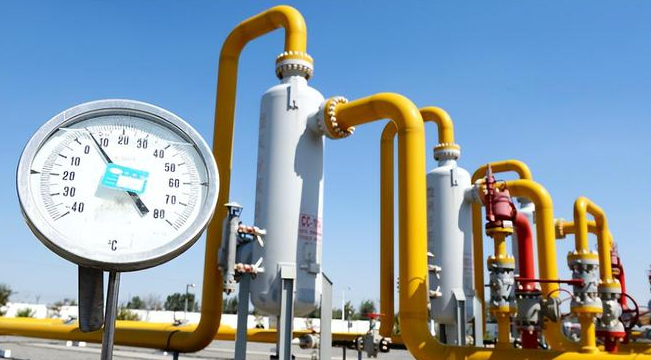
Hillway discovers another high-grade gold ore section in Henan Longmen West mining area
JUMPER TECHNOLOGY
Recently, Hillway Mining Co., Ltd. (hereinafter referred to as "Hillway") announced the latest chemical analysis results of drill samples from its Tie Luping-Longmen West mining area in Luoning County, Henan Province, and the results are very encouraging. The analysis results show that several drill holes have encountered high-grade ore sections. Among them, drill hole ZKX1019 encountered 0.82 meters of ore with a gold grade of 34 g/t, a silver grade of 31 g/t, and a copper grade of 4.45%. This drilling mainly targets gently dipping, high-grade ore veins.
Multiple layers of gently dipping, high-grade gold ore veins have been discovered in the Longmen West mining area, which is another major breakthrough in the existing mining area mainly producing lead, zinc and silver. Among them, drill hole ZKX03X151 encountered 1.11 meters of ore with a gold grade of 29 g/t, a silver grade of 30 g/t, a lead grade of 47%, and a zinc grade of 0.22%; drill hole ZKX1019 encountered 0.82 meters of ore with a gold grade of 34 g/t, a silver grade of 31 g/t, and a copper grade of 4.45%; drill hole ZKX01X102 encountered 0.95 meters of ore with a gold grade of 26 g/t, a silver grade of 261 g/t, a lead grade of 0.29%, and a zinc grade of 0.14%; drill hole ZKX00X034 encountered 2.91 meters of ore with a gold grade of 7 g/t, a silver grade of 1542 g/t, a lead grade of 1.80%, a zinc grade of 0.72%, and a copper grade of 1.15%.
In addition, between the 800-meter and 1110-meter elevations, steeply dipping, high-grade silver-lead ore veins such as the W1 series, W18 series, and W6 series were also discovered. Among them, drill hole ZKX13828 encountered 1.8 meters of ore with a silver grade of 1367 g/t, a lead grade of 8.66%, a zinc grade of 1.12%, and a copper grade of 0.32%; drill hole ZKX0825 encountered 3.06 meters of ore with a silver grade of 1346 g/t, a lead grade of 5.35%, a zinc grade of 0.82%, and a copper grade of 0.29%.
With the continuous increase in drilling, multiple high-grade silver-lead-zinc ore veins have been simultaneously discovered on the east side of the Xigou mining area. Among them, drill hole ZKX10756 encountered 0.76 meters of ore with a silver grade of 1582 g/t, a gold grade of 1.66 g/t, a lead grade of 4.36%, a zinc grade of 0.51%, and a copper grade of 0.15%; drill hole ZKX11241 encountered 1.8 meters of ore with a silver grade of 4738 g/t, a gold grade of 0.19 g/t, a lead grade of 2.12%, a zinc grade of 1.33%, and a copper grade of 0.64%.

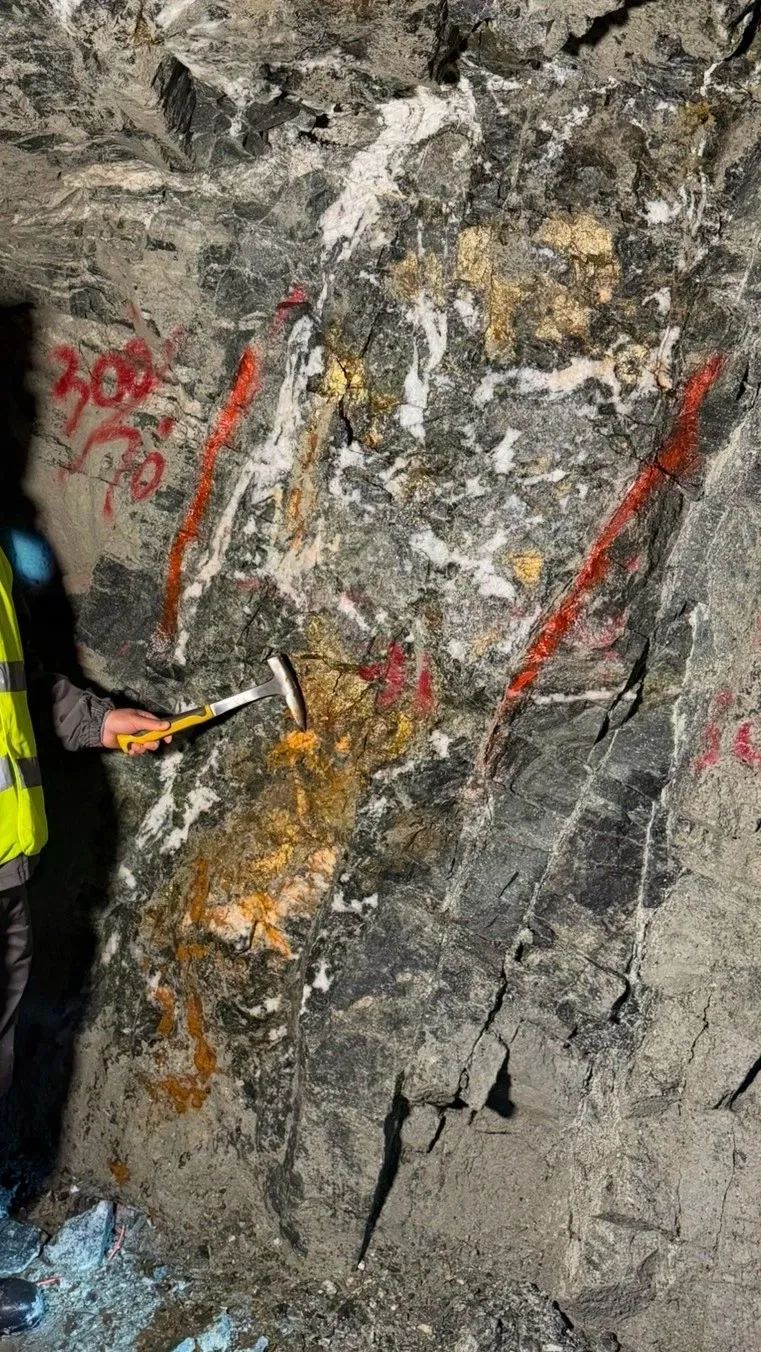
Rich prospecting results for iron, titanium, copper, molybdenum, shale gas, etc., in Xinjiang
Six new large-scale resource bases have been formed
JUMPER TECHNOLOGY
Xinjiang strengthens its basic geological work, aiming to build large-scale resource bases. It is fully promoting in-depth and practical geological prospecting work. Building on the 12 large-scale resource bases formed and consolidated last year, 6 more have been formed this year. Since the implementation of the new round of mineral exploration breakthrough strategic action, Xinjiang, based on its resource endowment and locational advantages, has focused on strategic and bulk minerals such as iron, manganese, gold, copper, nickel, lead, zinc, and lithium. In 2023, 12 large-scale resource bases were formed and consolidated, including the Bachu-Atushi billion-ton iron and tens of millions of tons of titanium. In 2024, 6 more large-scale resource bases were formed: Hami Weiya-Niu Maoquan billion-ton iron and tens of millions of tons of titanium; Sanshan Nanhu Gobi-Que Ling million-ton copper molybdenum; Yumian Suyou River 500,000-ton molybdenum; Atushi Puchang-Kalajun billion-ton iron and tens of millions of tons of titanium; Qiemo-Ruoqiang trillion cubic meters of shale gas; Yingjisha-Yecheng trillion cubic meters of shale gas (oil and gas). The Qinghe Jingle-Fuhai Kuoke copper large-scale resource base is also taking shape. In terms of energy mineral exploration, oil and gas companies have made important progress in 12 oil and gas fields in the Mahu area of the Junggar Basin and the Shunbei area of the Tarim Basin, adding a batch of oil and gas geological reserves. Major oil and gas discoveries have been made in 10 exploration blocks in the Jimsar Sag of the Junggar Basin and the Baozidong area of the Tarim Basin, which are expected to add a batch of resources.
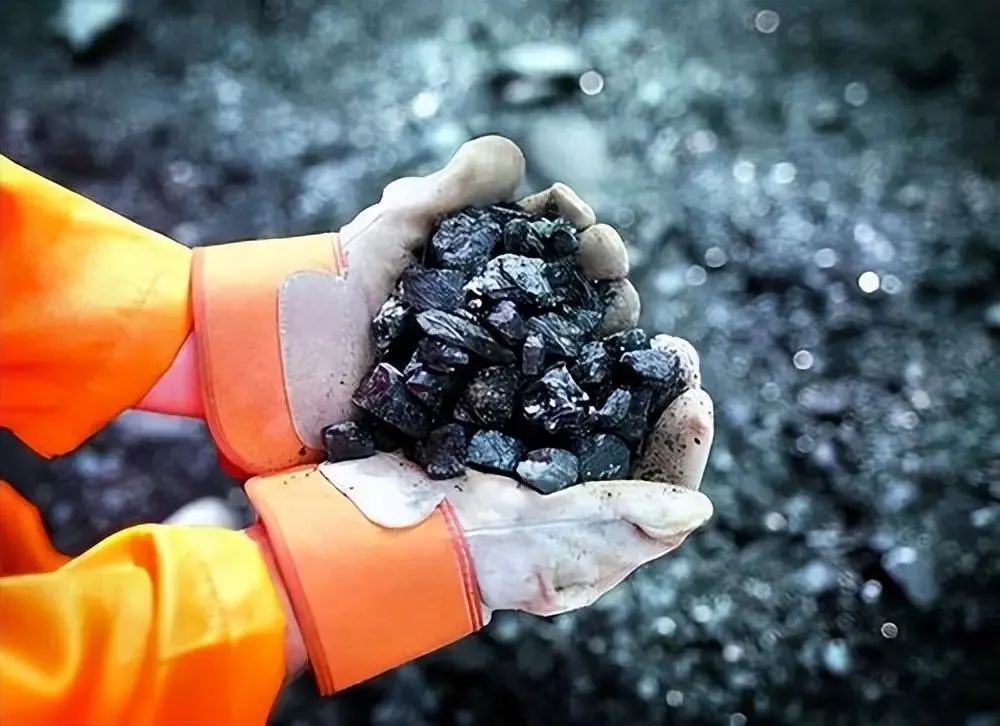
Mining Information
International Perspective
Australia Discovers Largest Ever Iron Ore Deposit
Reserves Approximately 55 Billion Tons
JUMPER TECHNOLOGY
Australian geologists have discovered the world's largest iron ore deposit in the Hamersley Province of Western Australia, with reserves estimated at approximately 55 billion tons. Based on the recent average price of US$105 per ton of iron ore, the total value of the deposit could reach US$5.78 trillion, far exceeding the initially reported US$5.9 billion. This discovery solidifies the region's position as one of the most iron ore-rich areas on Earth and will significantly impact export volumes, price stability, trade agreements, and global supply chains. Australia, as the world's largest source of iron ore, with leading companies BHP, Rio Tinto, and FMG, sources most of its iron ore from the Pilbara region of Western Australia.
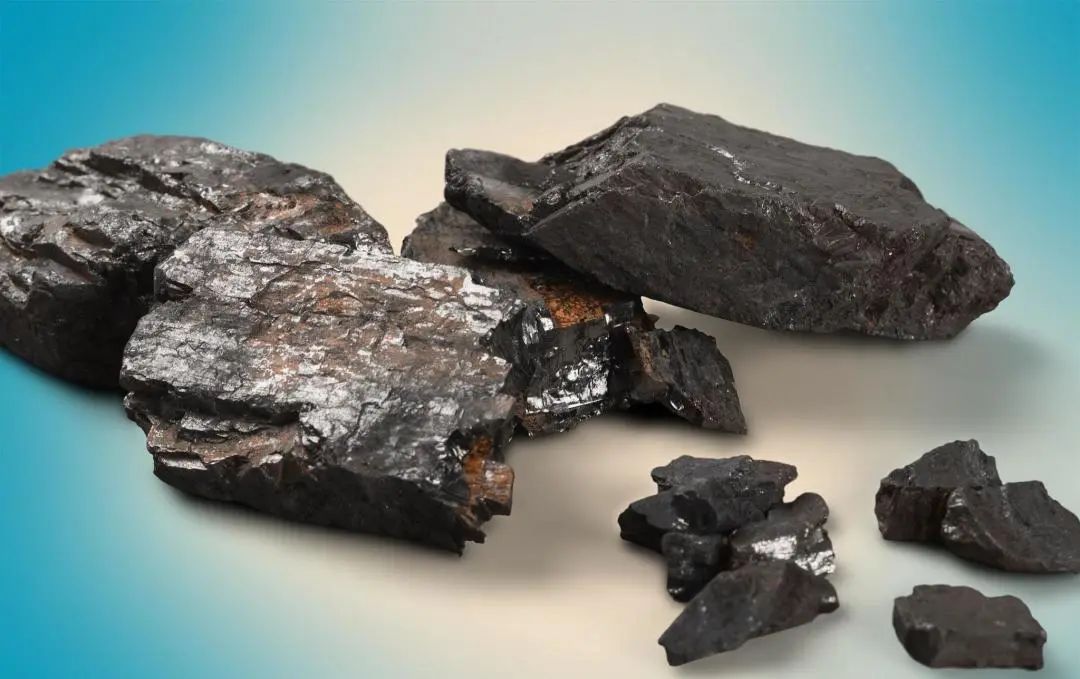
Tajikistan Announces Discovery of 15 Large Rare Earth Mineral Deposits
JUMPER TECHNOLOGY
Mukhtar Fazilzoda, director of Tajikistan's State Geological Agency, recently announced the discovery of 15 large rare earth mineral deposits in the country. These new deposits are reportedly located in the eastern mountainous region, where extremely harsh natural conditions have made work extremely difficult. In recent years, with the emergence of new technologies, the country has been able to conduct exploration work in these areas. The detailed data obtained will help Tajikistan attract foreign capital and expertise to facilitate the development of mineral resources. The country is known to possess abundant rare earth and other mineral resources and is a major producer of gold and aluminum. At the end of 2023, President Emomali Rahmon announced a government plan to develop the country's mineral and non-ferrous metal resources, including key minerals such as lithium, tungsten, and nickel. He also expressed his hope to process the extracted raw materials into finished products domestically.
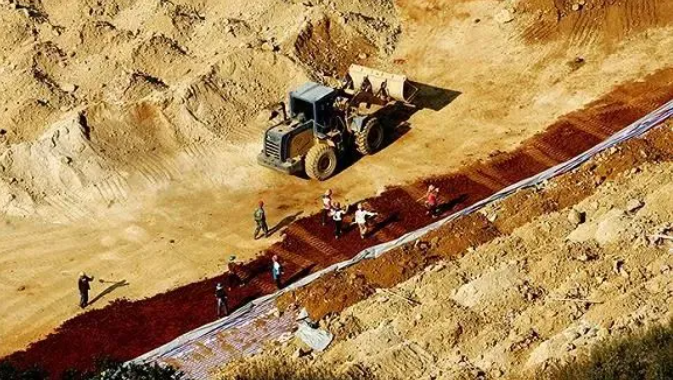
Canada Plans to
Impose Tariffs on Certain Key Minerals from China Starting Next Year
JUMPER TECHNOLOGY
Canada's recent budget shows that the country has decided to impose tariffs on some Chinese solar products and key mineral imports starting early next year, followed by tariffs on Chinese semiconductors, permanent magnets, and natural graphite starting in 2026. Currently, the Canadian government has imposed a 100% tariff on all electric vehicles imported from China and a 25% tariff on steel and aluminum products imported from China. The Canadian Department of Finance previously stated that it is studying expanding the scope of tariffs imposed on China.
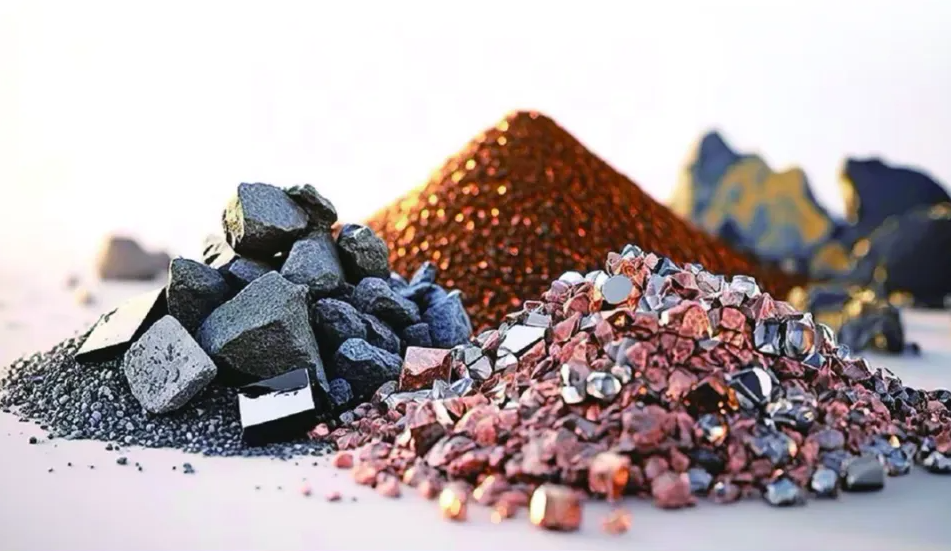
Previous:
Recommended information








